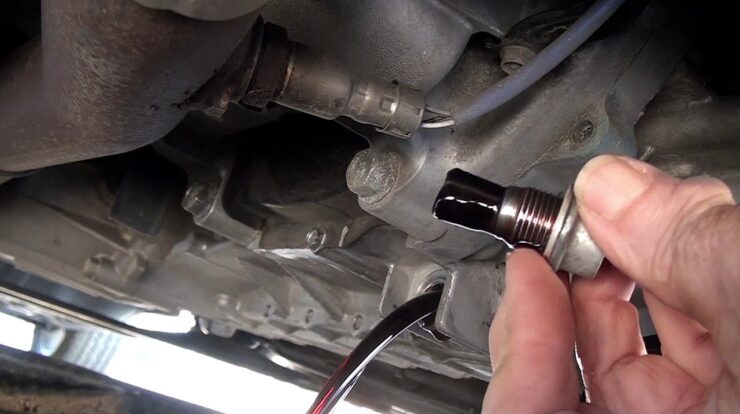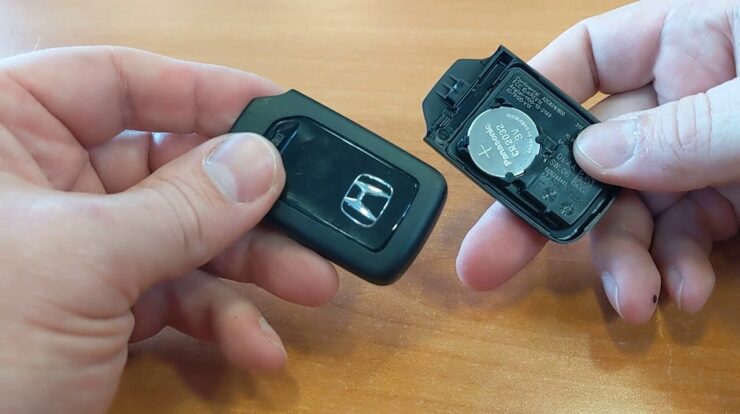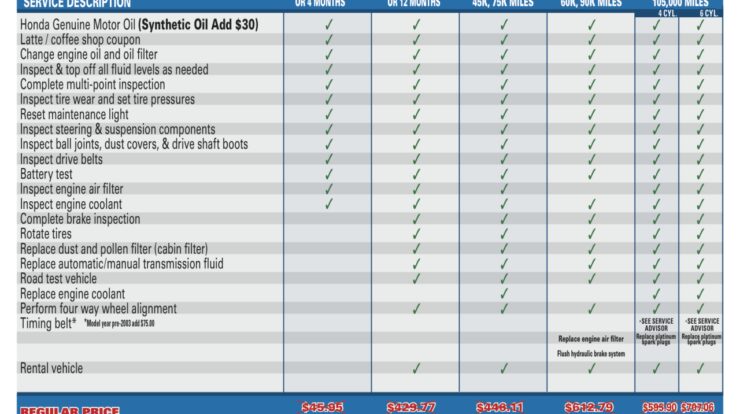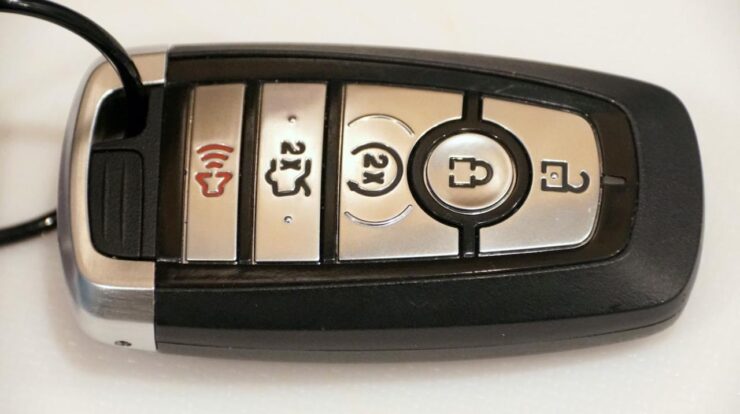Fuel pressure sensor location is a crucial aspect of maintaining optimal engine performance. This comprehensive guide delves into the significance of fuel pressure sensors, their common locations, and the troubleshooting process involved in identifying and accessing them.
Understanding the fuel pressure sensor location empowers vehicle owners and mechanics alike to diagnose and resolve fuel-related issues effectively.
Introduction
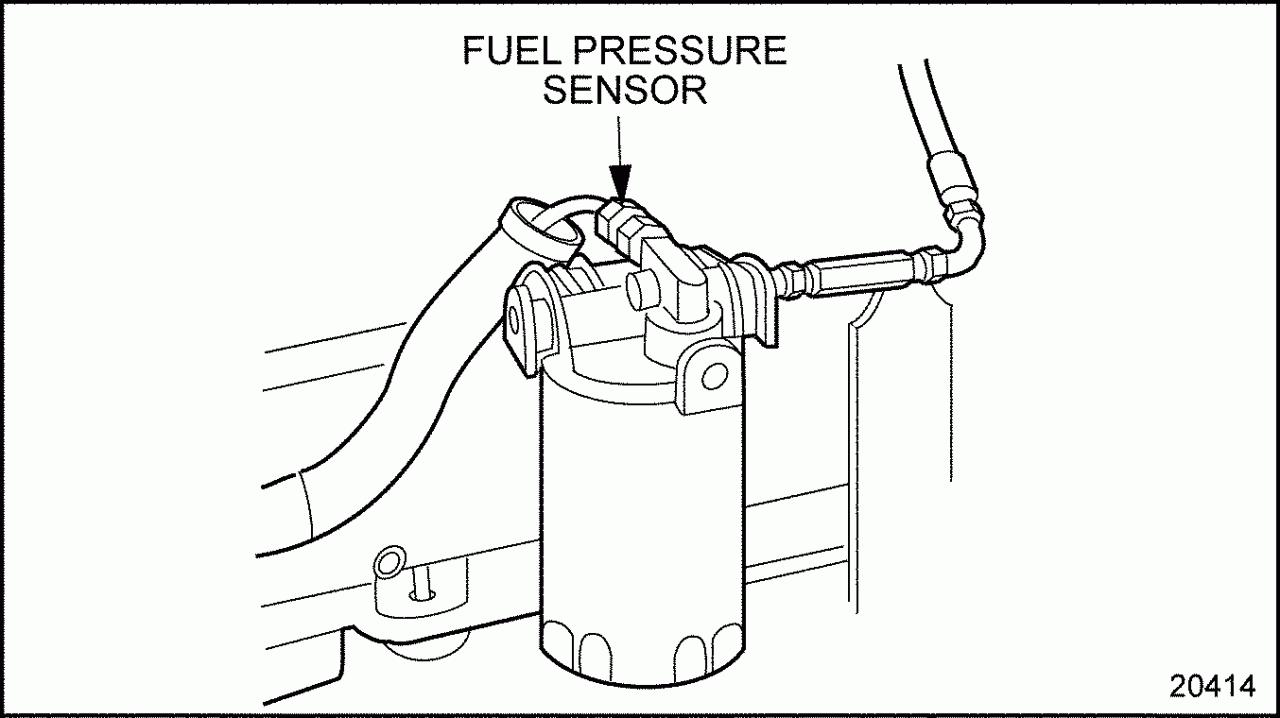
A fuel pressure sensor, also known as a fuel rail pressure sensor, is a device that measures the pressure of the fuel in the fuel rail. The fuel rail is a component of the fuel injection system that supplies fuel to the engine’s injectors.
The fuel pressure sensor sends a signal to the engine’s electronic control unit (ECU), which uses this information to adjust the amount of fuel that is injected into the engine.Maintaining correct fuel pressure is essential for the proper operation of an engine.
If the fuel pressure is too low, the engine may not receive enough fuel to operate properly. If the fuel pressure is too high, the engine may run too rich, which can lead to decreased performance and increased emissions.
Fuel Pressure Sensor Location
Fuel pressure sensors are typically located on the fuel rail, which is a metal tube that runs along the top of the engine and supplies fuel to the injectors. The sensor may also be located on the fuel pump, which is responsible for pumping fuel from the gas tank to the fuel rail.The
specific location of the fuel pressure sensor can vary depending on the make and model of the vehicle. On some vehicles, the sensor may be mounted directly on the fuel rail, while on others it may be mounted on a bracket or other component.The
purpose of mounting the fuel pressure sensor in a particular location is to ensure that it is able to accurately measure the fuel pressure in the fuel rail. The sensor must be located in a position where it is not affected by any other components or factors that could interfere with its ability to measure the fuel pressure.
Troubleshooting Fuel Pressure Sensor Location
If you suspect a faulty fuel pressure sensor, several symptoms may indicate the issue. These include:
- Difficulty starting the engine
- Engine stalling or rough idling
- Reduced engine power
- Increased fuel consumption
To locate the fuel pressure sensor for troubleshooting, follow these steps:
Identifying the Sensor
The fuel pressure sensor is typically located on the fuel rail or intake manifold. It is a small, cylindrical device with a single electrical connector.
Accessing the Sensor
To access the sensor, you may need to remove the air intake hose or other components to gain clear visibility and access. Once the sensor is visible, disconnect the electrical connector and unscrew it from the fuel rail or intake manifold using an appropriate wrench.
Examples of Fuel Pressure Sensor Locations
The fuel pressure sensor can be located in various places depending on the make and model of the vehicle. Here are some common locations:
The following table provides specific examples of fuel pressure sensor locations for different vehicle makes and models:
| Vehicle Make | Vehicle Model | Fuel Pressure Sensor Location |
|---|---|---|
| Ford | F-150 | Fuel rail, near the fuel injector |
| Chevrolet | Silverado | Fuel line, near the engine |
| Toyota | Camry | Fuel pump assembly |
| Honda | Accord | Fuel rail, near the intake manifold |
| Nissan | Altima | Fuel line, near the firewall |
In addition to the table, here are some illustrations to help you visualize the locations:
- Fuel pressure sensor on a Ford F-150:
(Image description: The fuel pressure sensor is located on the fuel rail, near the fuel injector.)
- Fuel pressure sensor on a Chevrolet Silverado:
(Image description: The fuel pressure sensor is located on the fuel line, near the engine.)
- Fuel pressure sensor on a Toyota Camry:
(Image description: The fuel pressure sensor is located on the fuel pump assembly.)
Procedures for Accessing Fuel Pressure Sensor
Accessing the fuel pressure sensor requires specific steps to ensure safety and accuracy. Here’s a detailed guide:
Before starting, gather the necessary tools and equipment, including a fuel pressure gauge, fuel line disconnect tool, and safety glasses.
Safety precautions are paramount. Wear eye protection, gloves, and appropriate clothing to avoid fuel exposure or injury.
Safety Precautions, Fuel pressure sensor location
- Wear safety glasses and gloves.
- Work in a well-ventilated area.
- Avoid smoking or open flames near the fuel system.
Tools and Equipment Required
- Fuel pressure gauge
- Fuel line disconnect tool
- Safety glasses
- Gloves
- Wrench
- Shop towels or rags
Step-by-Step Guide
- Locate the fuel pressure sensor. Refer to the vehicle’s service manual for its specific location.
- Disconnect the negative battery terminal to prevent electrical hazards.
- Use the fuel line disconnect tool to detach the fuel line from the fuel pressure sensor.
- Connect the fuel pressure gauge to the fuel pressure sensor.
- Turn the ignition key to the “on” position but do not start the engine. Observe the fuel pressure reading on the gauge.
- Start the engine and let it idle. Observe the fuel pressure reading on the gauge.
- Rev the engine to different RPMs and observe the fuel pressure reading on the gauge.
- Turn off the engine and disconnect the fuel pressure gauge.
- Reconnect the fuel line to the fuel pressure sensor.
- Reconnect the negative battery terminal.
Methods for Testing Fuel Pressure Sensor

Testing a fuel pressure sensor is essential to ensure proper fuel delivery and engine performance. There are several methods to test a fuel pressure sensor, each with its own advantages and limitations.
Using a Fuel Pressure Gauge
A fuel pressure gauge is a specialized tool designed to measure the fuel pressure in the fuel line. To use a fuel pressure gauge:
- Connect the fuel pressure gauge to the fuel line.
- Start the engine and observe the gauge reading.
- Compare the reading to the manufacturer’s specifications.
Using a Multimeter
A multimeter can be used to measure the electrical resistance of the fuel pressure sensor. To use a multimeter:
- Set the multimeter to the ohms setting.
- Disconnect the electrical connector from the fuel pressure sensor.
- Touch the multimeter probes to the terminals on the fuel pressure sensor.
- Observe the resistance reading.
Interpreting Test Results
The results of the fuel pressure sensor test will help determine if the sensor is functioning properly. If the fuel pressure gauge reading is significantly different from the manufacturer’s specifications, or if the multimeter resistance reading is out of range, the fuel pressure sensor may be faulty and need to be replaced.
Conclusion
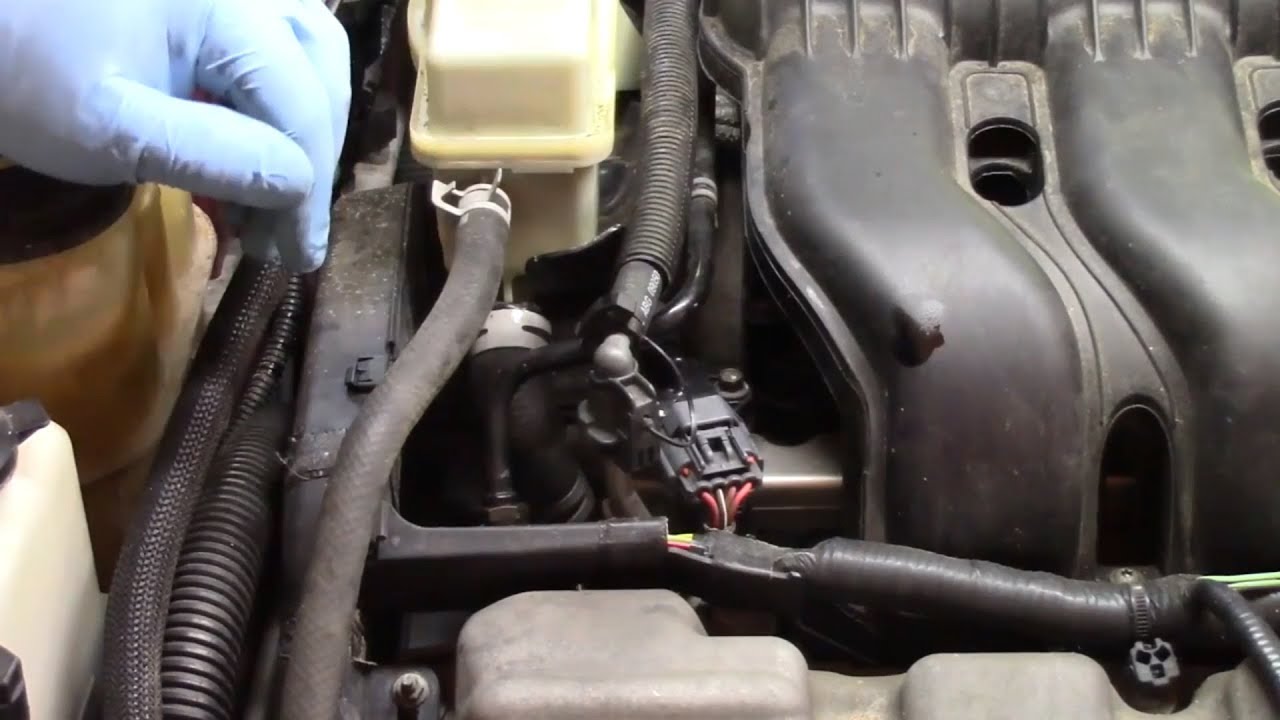

Maintaining correct fuel pressure is essential for optimal engine performance. A faulty fuel pressure sensor can lead to a range of issues, including engine stalling, poor fuel economy, and increased emissions. By understanding the location of the fuel pressure sensor and following the proper procedures for accessing and testing it, you can ensure that your engine is operating at its best.
For further information on fuel pressure sensors and troubleshooting, refer to the following resources:
- Fuel Pressure Sensor Location and Troubleshooting Guide: https://www.yourmechanic.com/article/how-to-replace-a-fuel-pressure-sensor
- Fuel Pressure Sensor Testing and Replacement: https://www.aa1car.com/library/fuel_pressure_sensor.htm
Conclusion


In conclusion, fuel pressure sensor location is a key factor in ensuring proper fuel delivery and engine operation. By understanding the common locations, troubleshooting techniques, and testing methods Artikeld in this guide, you can effectively maintain correct fuel pressure and optimize vehicle performance.
General Inquiries
Where is the fuel pressure sensor typically located?
The fuel pressure sensor is commonly found on the fuel rail, intake manifold, or cylinder head, depending on the vehicle make and model.
What are the symptoms of a faulty fuel pressure sensor?
Symptoms include engine stalling, hesitation during acceleration, and difficulty starting the vehicle.
How do I test a fuel pressure sensor?
You can use a fuel pressure gauge or multimeter to measure the fuel pressure and check for sensor malfunctions.

